There are loads of things you could buy if you’ve got $900 in your pocket. A new TV. A PS5 Pro with no fewer than three games. Two pairs of Sony WH-1000XM5s, and then some spare change to pick up a pair of new shoes. Or, you could grab yourself a pair of these — the almost divine Dali IO-8 wireless noise-canceling headphones.
There are a whole bunch of different reasons to pick up a pair of Dali IO-8s. They sound sublime, they’re very comfortable, and they feel great in the hand. But they have to be pretty incredible in order to justify that lofty, lofty price — and thankfully, they might just do it.
Dali IO-8 review: Cheat sheet
- What is it? Top-notch luxury cans
- Who is it for? Those looking for an alternative from an established Audiophile brand.
- What does it cost? $900/£599
- What we like: The sound quality, lack of app, the solid noise canceling
- What we don’t like: The case, and the lack of an app
Dali IO-8 review: Price and availability
Dali IO-8 review: Specs
Price $900/£599
Connectivity Bluetooth, 3.5mm jack
ANC Yes
Battery (No ANC) 35 hours
Battery (ANC) 30 hours
Weight 11.4 ounces
Colors Iron Black, Caramel White
Compatibility iOS, Android, macOS, Windows
Frequency response 10 - 43,000Hz
This is very different depending on where you are in the world. Those in the U.K. not only get a better deal with the IO-8, but they’re easier to get hold of. They’ll set you back £599, and you’ll find them everywhere from Richer Sounds to Amazon. Make no bones about it, that’s still a high price to pay for headphones, but it’s by no means as expensive as U.S. buyers can expect.
Head over the pond and not only does the price go up, but availability is slightly more annoying, too. You can still get hold of a pair on Amazon, but stock can sometimes run out. This is where you’ll pay that lofty $900 price tag. Australian buyers have difficulty as well — you can either import, or buy something else. There’s currently no official price for the Dali IO-8 in Australia.
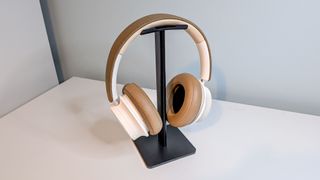
There are, of course, other options for lower prices. The AirPods Max, a pair of headphones that most people would call expensive, cost $350 less. The Sony WH-1000XM5 cost $399, a whole $500 less than the IO-8. Bose’s QuietComfort Ultra headphones are $470 less — but there is one crucial thing to remember about the price of the IO-8.
These aren’t headphones looking for the same audience as the flagship models of large brands. Instead, these are for people that might have gone for the also-expensive Noble Fokus Apollo, or the Focal Bathys. Even then, these are very expensive, and at this price point, it’s less about "what sounds the best" but "what sound do you prefer". Whatever happens, $900 is a lot of money to ask for a pair of headphones, no matter how excellent they may be.
Dali IO-8 review: Design and build
- A comfortable fit
- A design that feels a million bucks
- Slightly disappointing carry case
At this price, you would hope that your headphones are creak- and rattle-free — and the Dali IO-8 are, indeed, creak- and rattle-free. They feel dense, from their sturdy, almost creamy plastic, their cold metal accents, and mixture of fabric and leather. Even the silicon that covers the headband padding feels expensive, missing that ‘sticky’ feeling that cheaper options have.
Most of the silicon headband padding I see ends up covered with head and hair grease, but this one manages to avoid the issue through what I can only assume is excellent material quality — or audio black magic.
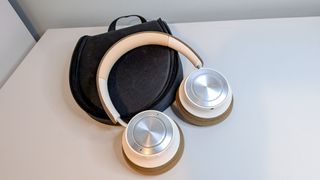
Vegans won’t be happy, however — the earpads are wrapped in leather, and there’s no other material option. They are super soft and plush, however, which make them extremely comfortable over the ear. You can even turn them anti-clockwise, to click them off the earcup and replace them with a new pair should yours break or get old. That’s a nice bit of forward-thinking and makes the headset feel like it could last longer than others.
Sliding the earcups down on the extremely smooth metal sliders feels great, and dials them in perfectly to fit your head. Now, this is where my only minor critique of the headphones comes in. I say ‘minor’ because it's only going to affect a few people — the headphones are a little smaller than the competition. I have a large head. Finding the right hat, shall we say, is tricky. The IO-8 fit on my head on their largest setting fairly comfortably, but those with a larger cranium might struggle. It’s not a massive issue — but if you’ve a large head, you might be better off with the Noble Fokus Apollo or the Focal Bathys.

Now, you’ll want to make sure that your $900 headphones are well protected. There is a case in the box, and it is much better than the case that comes with the AirPods Max. Compare it to something like that included with the aforementioned alternatives, however, and it leaves a little to be desired. It’s not as hard as those options, and the headphones just kind of hang out loosely inside.
There is a pocket for your charging and 3.5mm listening cables, and then a whole load of dead space between in the very middle for, like, a bag of hula hoops. It’s a case, which is nice to have, but I might have expected slightly better from a $900 package.
Dali IO-8 review: Controls
- Convenient, large control buttons
- Much smaller power and ANC buttons
- No touch controls
If there’s one thing I’ve noticed when testing headphones, it’s a direct correlation between price and control method. The more you pay for a pair of wireless headphones, the more likely you are to have access to physical controls rather than touch ones. Apple opted for physical controls with the AirPods Max, Focal put buttons on its Bathys, and Noble’s Fokus Apollo have little clickers on the earcups. The IO-8 are in good company, then, with its selection of physical controls.

On the right earcup you’ll find all your buttons. The outer holds a large metallic roundel, with a large play/pause button and volume up and down keys. Press that play/pause button multiple times and you’ll skip forwards and back. The buttons are lightly clickable, positive in feedback but not loud enough that you’ll hear a ‘CLICK’ reverberate through your head as you might from the similarly placed button on the Beats Studio Pro.
There are more buttons around the edge of the earcup, in the form of the power/pair button, the ANC toggle, and the EQ button — the latter of which we’ll touch more on later. I really like the controls here, and they make controlling the headphones a whole lot easier than irritating touch controls.
Dali IO-8 review: Features
- There’s no app!
- There’s no app!?
- Very nice wired mode

Dali calls the lack of a dedicated app a positive. I would tend to agree, but there will be some out there who lament a lack of customization. In audiophile terms, this means that the headphones are always “as the manufacturer intended”, with all of the main options toggleable on the headphones themselves. There is customizable EQ, for example — but you only get one. Press the little EQ button and the dulcet tones of the digital announcer says ‘Bass’ or ‘HiFi’, and the EQ changes accordingly. Want to turn the ANC on and off, or activate the transparency mode? Hit the ANC button. It’s all very simple and ‘what you see is what you get’.
Now, this is a double-edged sword. Personally, this is not a great problem for me. I generally find it more annoying to have another app on my phone, and while having some extra customization is nice, I’ve never found it massively important. After all, if you have to really dial something in to sound acceptable, there are issues at the core of the audio hardware within.
However, there are times with some genres when you might want to accentuate different parts of the frequency response, or you might like different sound profiles. Having extra ANC modes is always fun.
The lack of an app will split the crowd.
So the lack of an app will split the crowd. It certainly avoids feature creep, and makes the headphones a whole lot more simple to use. Connect them over Bluetooth, and listen to your tunes. Done. But for those who want customization, you’ll be left in the dry.
There is a wired mode that turns them into a very solid pair of wired headphones though which is a lovely option — and they still sound great when you do. In the end, the features list of the IO-8 isn’t going to win any awards, even if almost the entirety of the rest of the package will.
Dali IO-8 review: ANC
- Heavy reliance on the music playing
- Blocks most noise, but it’s gentler than some
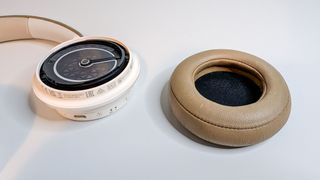
Dali calls the ANC on board IO-8 ‘Audiophile’ noise canceling. The idea is that the ANC doesn’t change the sound signature like most other headphones, while still blocking out the noise of the outside world so that you can enjoy those tunes to their maximum. Does it work? Yes, the excellent sound is preserved and noise is blocked. Is it as good as the noise canceling on the Bose QuietComfort Ultra headphones? No, but that doesn’t seem to be the point of the IO-8 — and I don’t think I ever thought "oh, I wish these headphones blocked out more noise".
The transparency mode is solid as well, if not a little over-enthusiastic. It really pipes everything in from the outside, the microphones not choosy about what you hear. If you want to hear what the bus driver is saying (or your driver, given the price of these cans), you’ll have no problem — but you’ll also hear everything else that’s going on around you, for better or worse.
Dali IO-8 review: Connectivity
- Bluetooth 5.2
- Wired option for proper listening
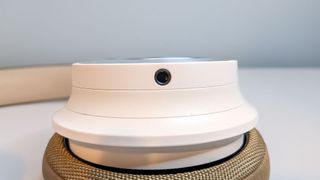
As a pair of wireless headphones, the connections of the IO-8 are about as simple and barebones as they come. There is a Bluetooth connection, a 3.5mm jack, and a USB-C. To listen to music you connect over Bluetooth, and then when the battery dies you can use the physical connector to connect to a device. That latter one is useful, of course, and the sound of headphones isn’t diminished when you plug them in with the battery off.
There’s multipoint connection as well, although I found it slightly more unreliable than some of the other options that I’ve tried. It’s ultimately fine though and switches between the two devices when you play audio or start a phone call. It does emit a loud beep when it does though, which to some might get grating.
Dali IO-8 review: Call quality
- Solid Mic quality
- Decent noise isolation
- Loud side-tone

I used the IO-8 for my daily walks for a week to test out the call quality, giving me an idea of how they perform in different environments. And, as you might hope from a pair of headphones that are packed with microphones, they worked well for calls. The recipient of my call could hear me while I was in noisy environments, and I could hear them well thanks to the good audio quality of the headphones themselves.
There is just one complaint that I had with the IO-8, and that came down to the side-tone. Using the microphones, the headphones feeds my voice back to me, with the idea of making it less strange than heading your muffled voice. When subtle, it’s fine, but this implementation is anything but subtle. Does it completely ruin the call experience? Not at all, but it really did take some getting used to — and even then it’s still a little bit too much.
Dali IO-8 review: Sound quality
- Immaculate stereo imaging
- Powerful bass
- Little customization

Stereo imagining and soundstage are the name of the game here. Widening the soundstage and immersing you in your music is a trickier job for closed-back headphones like these, but they shine in their breadth of sound and dynamics. Instruments in orchestras are placeable, and it can really feel like you’re in a stadium when you’re listening to a live recording. It all adds up for a great experience, and it sets them apart from the similarly priced competition from the likes of Bowers & Wilkins and Bang & Olfsen.
Here’s the thing; when you get past a certain price point, almost everything you buy is going to sound good. It then comes down as to whether you like the sound profile and what kind of listening you do. The IO-8, as you would hope, sound excellent. They’re clear, crisp, and filled with some lovely rich bass. But that’s where you need to work out whether they’re going to work for you. If you like more analytical sound profiles, you might not be as enamored with the IO-8 as I am. However, if you prefer a warmer sound signature with more bass, you’re in for a stunning experience.
Spin up T-Pain’s live cover of Warpigs and you’re in the room with the man himself. You can place every member of the outfit, T-Pain himself front and center. The whole thing is crisp, clear, yet impactful. Don’t get me wrong, there is a lot of bass here, but it’s all tight, controlled, and smooth. The drums have great definition and punch, and the guitar solo soars in just the right way. Try not to groove along — I dare you.
Lounge around for a minute with Bobby Caldwell and Take Me Back to Then, and find a perfectly relaxed soundscape. Bobby’s soulful vocals are stunningly well defined, while the bass and drums lay down their smooth backing. It’s more restrained in the lower end, but the bass guitar gets a chance to shine thanks to the IO-8s warmer signature. Then the strings layer in, and the whole thing feels warm and comforting. There’s perhaps a little roll off in the very top end, felt in the hi-hats, but it’s nothing that’s going to bother you in the long run.
Crank the volume for Chase & Status’ Disconnect and find yourself right next to the speakers at the boiler rooms. This really is all about the bass, and the IO-8 are more than happy to oblige. They sound huge, the bass tight and controlled but perfectly pervasive. Yet still, Becky Hill’s vocals are able to cut through the mix with effortless clarity — it’s loads and loads of fun.
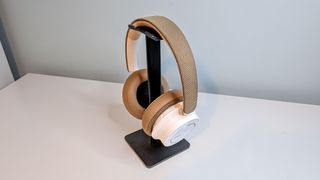
Now, if you want even more bass, you can — there’s a little EQ button on the headphones which activates the second sound profile. There you get even more low end, and depending on the track, it can be really fun. For most music though it gets a little boomy. If you want more customization though you’re out of luck — the headphones are tuned and dialled in to Dali’s specifications, and you don’t get a choice. If you want to listen to them as the designer intended, these sound incredible enough for it not to be a worry — but customization heads might want to look elsewhere.
Dali IO-8 review: Battery life
- 30 hours ANC on
- 35 hours ANC off
Battery life is about par for the course with most wireless headphones, although it’s not quite as good as some of the alternatives out there. The 35 hours with ANC off and 30 hours with it on matches up with the likes of the Sony WH-1000XM5, and exceeds the Bose QuietComfort Ultra for some reasonable staying power, but it does lose out to the impressive 60 hours provided by the Noble Fokus Apollo.
Charging up is easy — just pop in your USB-C cable and away you go. You’ll juice up in two hours, and you can plug the 3.5mm cable for wired audio while you charge. That does mean you have to use two cables at once, but it’s a lot better than some which only let you listen or charge.
Dali IO-8 review: Verdict
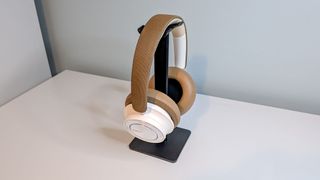
The Dali IO-8 aren’t so much a difficult sell in the U.S. with their massive price tag, but it does restrict their buy-ability for many people. They sound stunning, they’re comfortable and they present one of the best pairs of headphones that money can buy. If you’ve got $900, then they are a great option to choose if you’re after some luxury Bluetooth headphones. Without question they're some of the best wireless headphones you can buy.
And yet that high price point hangs over the headphones like the proverbial sword of Damocles, and brings the very few weaknesses into light. The case doesn’t quite feel up to scratch, the lack of stuff like wear detect makes a slight impact, and some might not be too pleased about the lack of an app. If you’re buying in the UK, you’re in for a treat at a not-horrific price — but holding them to $900 standards, they lose half a star.
More from Tom's Guide
- 7 biggest announcements at The Game Awards 2024 — Elden Ring: Nightreign, The Witcher 4, Naughty Dog's new game and more
- I'm replacing all of my gaming headsets with the Turtle Beach Stealth 700 Gen 3 — here's why
- Forget sit-ups — you just need 10 minutes and 2 dumbbells to strengthen your core with this standing ab workout

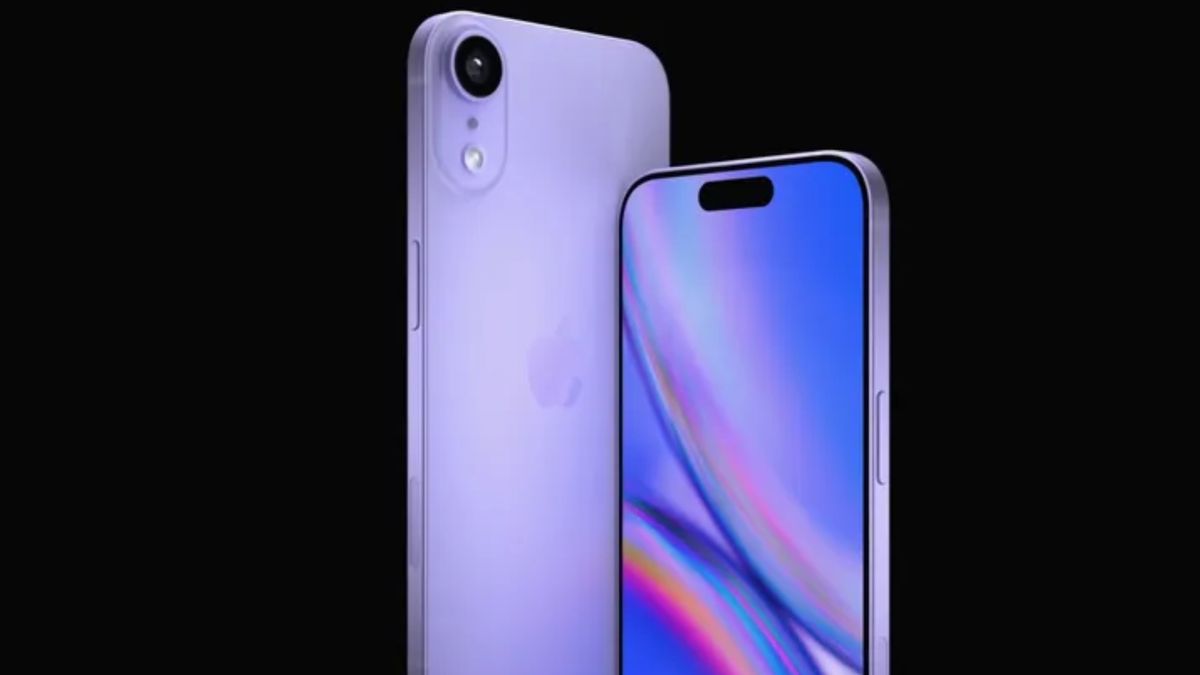



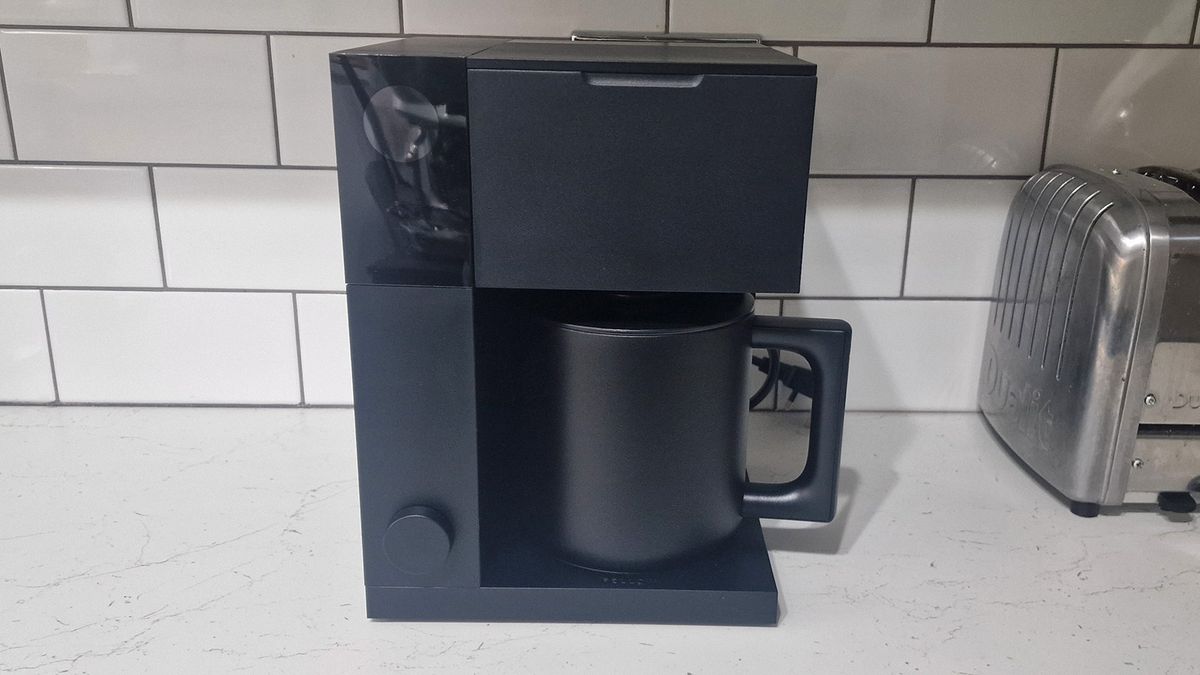















 English (US) ·
English (US) ·